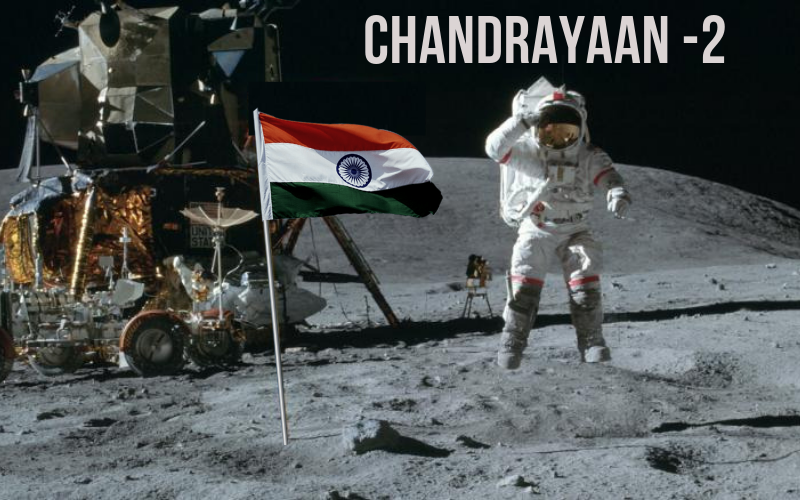Conquering the Moon Again - India Chandrayaan 2 MissionPosted by David Swift on July 17th, 2019
After the massive success of India’s first lunar mission Chandrayaan-1 launched in October 2008, the country is gearing up for its second lunar adventure Chandrayaan-2. Scientists at Indian Space Research Organisation (ISRO) are planning to launch this lunar orbiter during the window period of July 09, 2019 to July 16, 2019, for benefits of space exploration. Developers expect it to land on the moon on September 06, 2019. If India triumphantly completes this lunar mission, then it would firmly establish the country in the space expedition map. India would be the fourth country to soft-land its explorer on the moon after the United States, Russia, and China. Scientists and engineers at all the facilities of ISRO are working day and night to make this moon exploration a grand success. Here are some of the features about Chandrayaan-2 which are worth knowing. Development of Chandrayaan-2Initially, ISRO decided to develop Chandrayaan-2 in collaboration with the Russian Federal Space Agency (Roscosmos) where the former would construct the orbiter and rover, and the latter would take the responsibility of the lander. They signed an agreement on this regard on 12 November 2007 and the design of the spacecraft got finalised by August 2009. However, things did not go ahead as planned, and Russia aborted their contribution in this project after the failure of the Fobos-Grunt mission to Mars. At this juncture, ISRO decided to design and develop this Indian space mission indigenously. Structure of Chandrayaan-2Structurally Chandrayaan-2 consists of three elements- orbiter, lander (Vikram), and rover (Pragyan). A Geosynchronous Satellite Launch Vehicle Mark III (GSLV Mk III) would launch this Indian space mission from the Satish Dhawan Space Center in Sriharikota. Chandrayaan-2 has a combined launch mass of 3,877 kilograms, out of which the orbiter is 2379 kilograms, Vikram lander is 1471 kilograms, and Pragyan rover is 27 kilograms. The orbiter and lander would remain stacked together as an integrated module inside the GSLV MK-III rocket. After leaving the Earth’s atmosphere, the integrated orbiter and lander will reach the moon’s orbit using orbiter propulsion module. Finally, the lander will separate from orbiter and land at a predetermined location near the South Pole of the moon. They are scheduled to carry out many experiments on the surface and atmosphere of the moon. Related Post: Spaze Words A-Z Mission of Chandrayaan-2Scientists expect Chandrayaan-2 to reveal crucial information on lunar topography, presence of elements on the lunar crust, and transfer signatures for the existence of hydroxyl and water-ice for benefits of space exploration. The six-wheeled rover will autonomously move on moon’s surface at a site between two craters, Manzinus C and Simpelius N and perform chemical analysis. The orbiter will relay all these vital data about experiments to the earth. Chandrayaan-2 will carry a series of instruments for conducting these experiments including terrain mapping camera (TMC), solar X-ray monitor (XSM), collimated large array soft X-ray spectrometer (CLASS), Chandra's atmospheric composition explorer (ChACE-2), imaging Infra-Red spectrometer (IIRS), orbiter high-resolution camera (OHRC), and Synthetic Aperture Radar (SAR). The lander and rover will stay on the lunar surface for approximately fifteen days. These were some vital information about the Chandrayaan-2 project. ISRO plans to utilise the experience of this mission in their future projects, including launching an explorer to Venus. Like it? Share it!More by this author |



